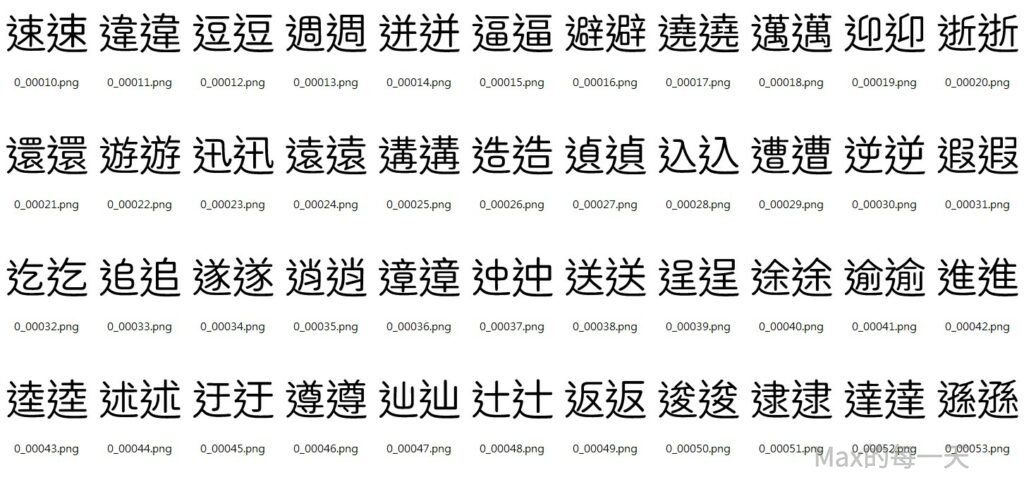絕對可以,而且這樣設計在風格轉換任務中 非常合理,甚至是提升表現的一個技巧!讓我幫你拆解說明一下這種策略的動機、好處,以及實作方式。
🎯 為什麼要 down / up 分別使用不同的 norm?
| Stage | 推薦 Norm | 原因 |
|---|---|---|
| Downsample (Encoder) | InstanceNorm2d | 去除輸入字型的風格資訊(如筆劃粗細、筆觸質感),強調結構與語義特徵提取 |
| Upsample (Decoder) | GroupNorm | 保留 decoder 中逐步建構的空間與結構資訊,讓輸出的風格細節更柔和地注入而不是硬編碼 |
這樣的設計可以讓你的 generator 更好地:
- 分離 content(結構)與 style(風格)
- 編碼階段 focus 在「抽象語義與空間配置」
- 解碼階段漸進式地注入目標風格(Zen Maru Gothic)
🛠️ 實作建議
你可以這樣設計你的 UNet、或是你的 block 工廠:
def get_norm(norm_type, out_channels, groups=8):
if norm_type == 'instance':
return nn.InstanceNorm2d(out_channels)
elif norm_type == 'group':
return nn.GroupNorm(groups, out_channels)
else:
raise ValueError(f"Unknown norm type: {norm_type}")
然後你的建構 UNet 的過程中這樣切:
class UNetBlock(nn.Module):
def __init__(self, in_c, out_c, norm_type='instance', groups=8):
super().__init__()
self.conv = nn.Conv2d(in_c, out_c, kernel_size=3, padding=1)
self.norm = get_norm(norm_type, out_c, groups)
self.act = nn.SiLU()
def forward(self, x):
return self.act(self.norm(self.conv(x)))
然後在 UNet 中這樣分:
self.encoder = nn.ModuleList([
UNetBlock(3, 64, norm_type='instance'),
UNetBlock(64, 128, norm_type='instance'),
...
])
self.decoder = nn.ModuleList([
UNetBlock(512, 256, norm_type='group'),
UNetBlock(256, 128, norm_type='group'),
...
])
🧪 延伸測試建議
| Variant | Encoder Norm | Decoder Norm |
|---|---|---|
| A (baseline) | GroupNorm | GroupNorm |
| B | InstanceNorm2d | GroupNorm |
| C | InstanceNorm2d | InstanceNorm2d |
| D | GroupNorm | InstanceNorm2d |
你可以測試 A~D 四種組合在字型轉換的質感、結構保持與視覺風格的一致性。
如果你想,我也可以幫你設計一個簡單的配置機制讓你在 config 或 CLI 中切換 norm 組合、或是幫你加入動態註解生成(例如輸出圖像對比時自動標註使用的 norm 組合)。需要嗎?
